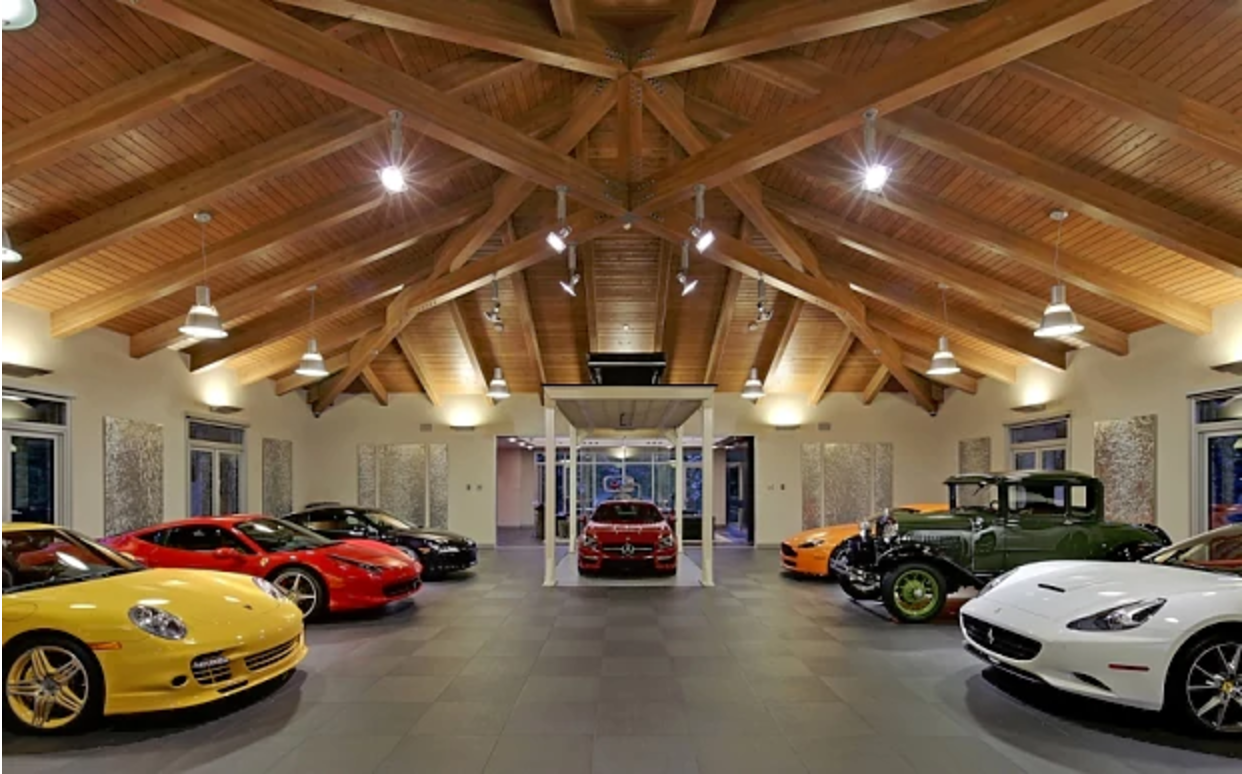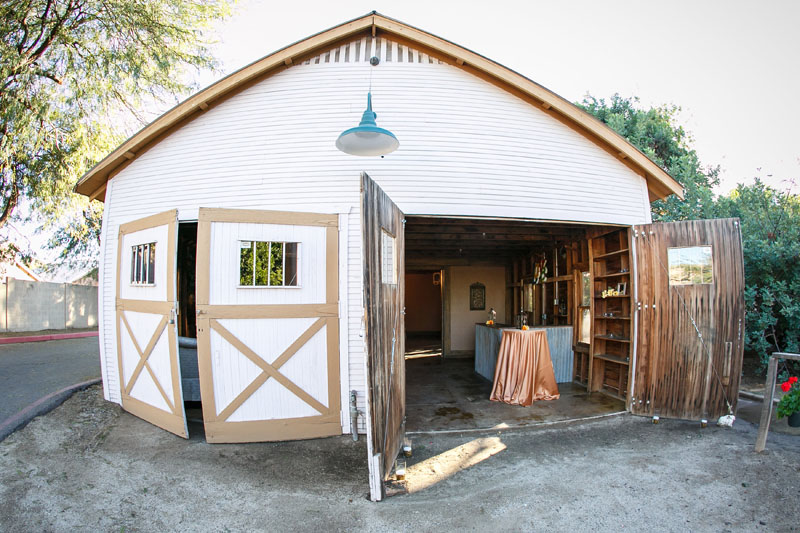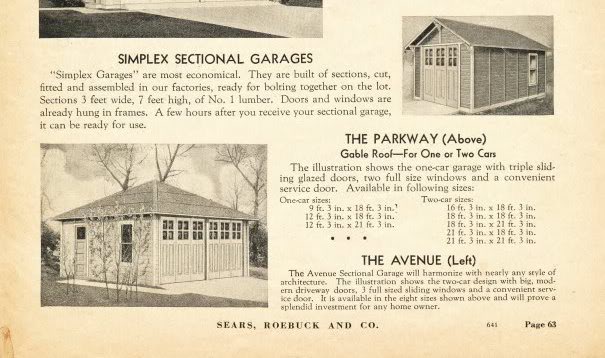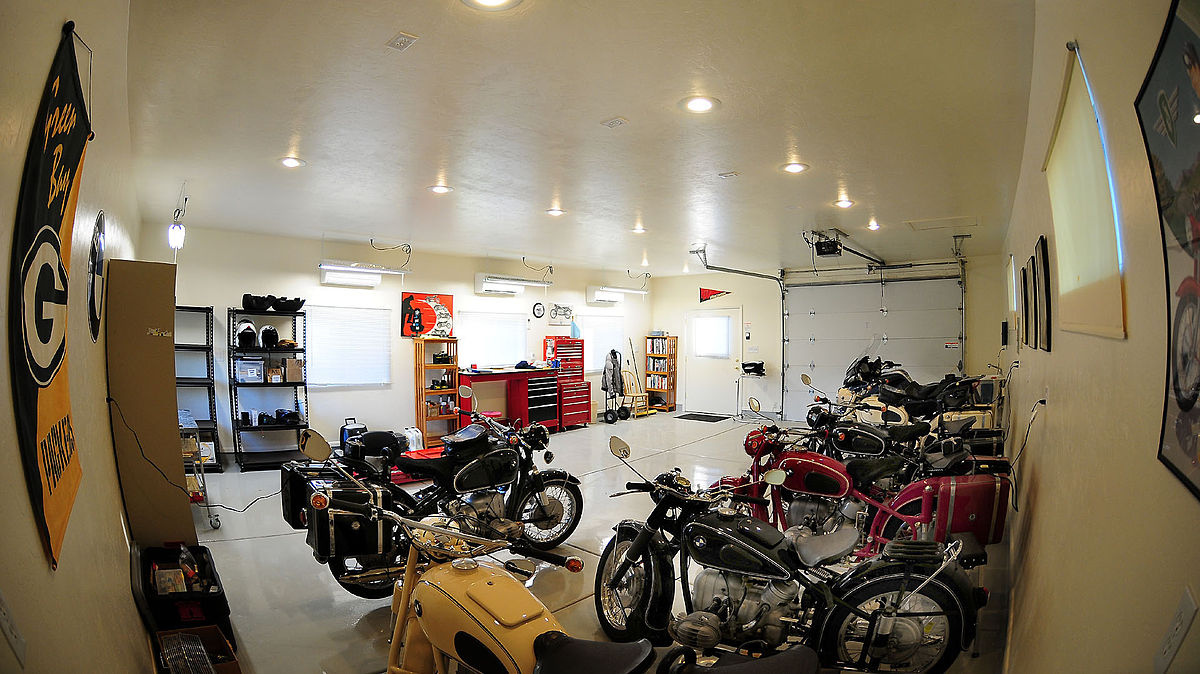It stands to reason that a site about the history of anything one can find in a garage would also talk about the garage itself. We looked through our archives and found zilch.
For many vehicle enthusiasts, the garage is only a close second in importance to the treasures they put inside. Celebrity garages are places of wonder, little museums like Disneyland for adults, but better.
They weren’t always such awesome places, though. In fact, the roots of the modern garage look more like barns than museums.
No evolution has been more important to the sheltering of automobiles (and saving marriages) than the transformation of the old barn into the modern day garage.
Carriage Houses
The word garage is not, as many suspect, a misspelling of carriage. It’s from the French word, garer, a verb that means to shelter. Garages, therefore, were always meant to be shelters.
The first ones were the place where one parked the horse carriage. In fact, the horses and all the tack went there too in most cases.
Carriage houses were, for lack of better explanation, modified barns. They had doors that swung open like a barn, ample space for storage like a barn, and livestock… horses.
When the horseless carriages hit the road, the logical place to stow them was in the carriage house with the animals. For a time they shared the space.
Connected Garages
As the accessibility and demand for cars accelerated stand alone carriage houses hit the pages of Sears’ catalogs, right next to their houses.
Yes, there was a time when one could buy a home from the Sears catalog. Good times.
When Sears saw the car trend picking up speed, they made like good capitalists and designed some garage options.
By 1921, garages had overhead doors instead of barn doors. In 1926, a man named C.G. Johnson developed the first automatic garage door opener, even though nobody cared yet.
Developers in the 40s began building homes with attached garages, responding to the demands of the market. People could park their car then walk into their homes without stepping outside.
After World War II, cars got bigger, and so did garages. By the 1960s, garages had expanded to take over almost half (45 percent) of the average home’s square footage.
Like the carriage houses of years before, garages grew into a place to put the car and some storage. They also became places for Dad to hide from the family.
Man Cave
More and more storage items made their way into the garage, including food items. Families started adding refrigerators and freezers to their garages.
The next logic step was to throw an old couch out there, set up a TV, and move out that pesky vehicle. Presto-chango, Dad now had a place to drink beers and watch TV.
Another way to put it would be to say that the livestock had finally reclaimed the carriage house.
Garages today serve more than the needs of the car and Dad’s drinking problem. They are where the band practices. A garage is a perfect place to begin a startup company.
It’s grown to the point where homeowners need to add a second garage in order to park the car.
What’s next? People will add little barns to their backyards, a place for the kids and the pets to hang out. The wheel is about to come full circle. Watch.
Sources: visual.ly, geaugadoor.com




